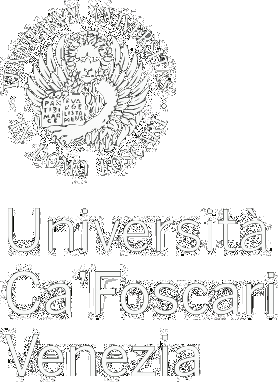Journal | Annali di Ca’ Foscari. Serie occidentale
Journal issue | 51 | 2017
Research Article | Interruption of the Linear Order vs Syntactic Discontinuity
Interruption of the Linear Order vs Syntactic Discontinuity
Observations from a corpus of the Works by Petronius, Aulus Gellius and Gregory of Tours
Abstract
This paper deals with Latin discontinuous nominal expressions (hyperbatons) both by a diachronic perspective internal to Latin (I-VI cent. A.D.) and compared to Romance languages. A nominal expression can be considered discontinuous when its word order is interrupted by one or more elements. In these cases a violation of the principle of the ‘domain integrity’ takes place. Discontinuity is typical of Latin and sets it apart from Romance languages, in which hyperbatons are not allowed. It is well attested in all phases of Latin so that it is considered one of the most distinctive feature of Latin word order. In this paper, we explore the hypothesis that not all linearly discontinuous orders are real hyperbatons. In fact, cases in which the order Modif.-N or N-Modif. is interrupted by the complement of one of the two categories are frequent; in this perspective the domain of hyperbatons results consistently restricted. As regards real hyperbatons, we will propose the following three syntactic configurations: Type 1 due to the extraction of an element within the phrase; Type 2 due to the insertion of a weak element in second position; Type 3 due to the insertion of a verb. A final observation will concern the fact that we find in Latin kinds of hyperbatons that can be considered a clear sign of those that will develop later in Romance because they involve clitics which are absent in Latin.
Submitted: March 13, 2017 | Accepted: April 10, 2017 | Published Sept. 28, 2017 | Language: it
Keywords Discontinuity • Nominal syntax • Word order • Latin
Copyright © 2017 Rossella Iovino. This is an open-access work distributed under the terms of the Creative Commons Attribution License (CC BY). The use, distribution or reproduction is permitted, provided that the original author(s) and the copyright owner(s) are credited and that the original publication is cited, in accordance with accepted academic practice. The license allows for commercial use. No use, distribution or reproduction is permitted which does not comply with these terms.
Permalink http://doi.org/10.14277/2499-1562/AnnOc-51-17-15





